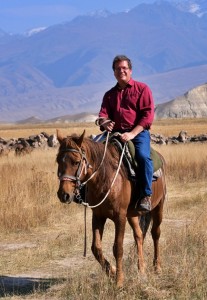 Marc Foggin is an Honorary Research Associate in the School of Geography & the Environment (SoGE) at the University of Oxford and Executive Director of Plateau Perspectives, an international non-profit organization that has been supporting conservation and sustainable development projects in Tibet and Central Asia for over 25 years.
Marc Foggin is an Honorary Research Associate in the School of Geography & the Environment (SoGE) at the University of Oxford and Executive Director of Plateau Perspectives, an international non-profit organization that has been supporting conservation and sustainable development projects in Tibet and Central Asia for over 25 years.
With a focus on mountain regions around the world, he weaves together fieldwork, consultancy, and academic research and writing. Nearer to home in the Scottish Highlands, Marc is also involved with several local conservation and development initiatives.
